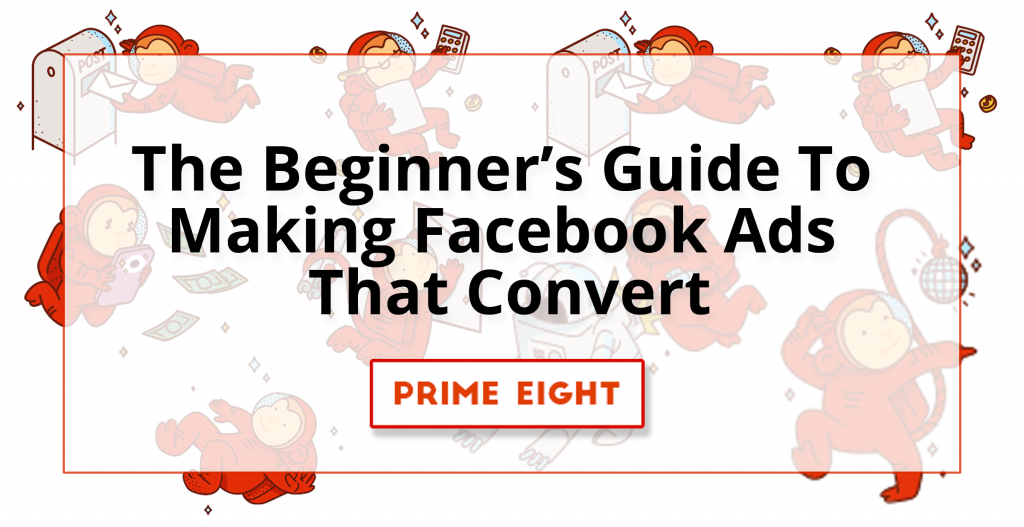While attaining traffic is easy, growing your conversion rate is not as simple. However, being able to tap into an audience like Facebook — where over 1 billion users are active per month – could go a long way to helping you drive sales.
With the platform inside Facebook, you can tap into an audience that has genuine interest by engaging them with well-crafted ads. That audience can be targeted in many ways, thanks to Facebook’s many features, and here’s how to do it.
Targeting Based On Interests
Facebook allows you to target users based on their location, age, gender, level of education, and a variety of other parameters. One of the major ‘other parameters,’ here, is interests: interests of users, groups users have joined, and pages that they’ve liked. As users like more pages and engage more with Facebook, you can reach a wider audience.
You can also reach other audiences that are related. Let’s say that you’ve introduced a new pizza restaurant to the local market. You can target fans of Pizza Express and promote your product in an effort to get them to give you a try instead.
Once you begin the ad creation process and have selected your Campaign Objective, find your market based on one or more interest. Since the interest(s) chosen result in their fans seeing your ad, you’re already attaining views and engagements from users who are already part of your target demographic.
A lot of these users, however, may not be ready to act on your ad just yet. This is where publicising key information and persuasive creative are necessary. Get the necessary processes in place to communicate with your new audience, such as a ‘lead nurturing system’.
Creating Compelling Lead Magnets
A ‘lead magnet’ is what you’re going to offer someone in order to have them as a member of your marketing audience. If you want their email, mobile number or other form of contact information, you may need to give away something in return. For example, discount codes or free trials are ways that you can attain increased engagement with your brand, products and services.
Other lead magnets include:
• Exclusive content
• Free tools
• Free articles
• Action plan checklists
Building Landing Pages For Facebook Leads
As Facebook visitors begin to come to your page and interact with your content, you’ll want to look at how to optimise your conversion rate. Like any landing page, elements such as headlines, graphics or call to action should be able to be treated as variables that can be tested and improved to achieve improved results.
A study by MarketingSherpa found that unique landing pages are becoming more and more popular for various campaigns or brands. This may mean that your Facebook visitors need to see something different from your pay-per-click visitors. However, some elements should stay the same — ensuring an informative action, call to action, and engagement (e.g., a submission form) are included.
When you’re creating a landing page, you need to convey as much information in as few words as possible. Keeping things simple is good, but too sparse and you may project the wrong image to your audience. How can you get the best of both worlds?
Leverage credibility. If you’ve worked with other credible brands, showcase their logo as appropriate so that the customer knows that you’re affiliated. For example, if you were trying to capture leads for an email newsletter software, you may want to show organisations you already supply services to. This brand association leads to the ‘halo effect’ — meaning that one positive association elevates another.
Showcase endorsements. If you can demonstrate that you have positively impacted other customers, share it! This also adds to the credibility of your organisation similarly to when a potential customer does research on you — only now, you’re taking the lead and showing what you want to be seen.
Your landing page should also have a single purpose. Just one. It keeps things neat and avoids overloading the consumer with messages. If you think that you need more than one purpose, create multiple ads and landing pages so you’re reaching the right target audience every time.
Your page should also be optimised for conversions. Remember, when you run an ad, lead generation is the number one purpose, no matter what kind of ad it is. When you’re optimising, there’s two main tenets to keep in mind:
• Add more of what works
• Stop doing what doesn’t work
Conveniently, there are also two main ways to optimise:
• Add clarity in your communication
• Monitor statistics
Both also help you with the above two principles of optimisation.
When it comes to adding clarity to communication, there are several ways to do it. You can create directional cues (pointing a visitor towards an action, adding a video so they stay on your page longer) or you can remove other links, thereby reducing the amount of potential actions a visitor could take on the page.
You can also add clarity by showing the visitor exactly what to expect when they give you their information. Using “Submit” implies that you’re simply collecting the data, while a term such as “Yes, I want the Free Guide” tells your customer what you’re delivering.
Monitoring the statistics behind your page is what you need to do whenever you’re testing an element. Once you’ve seen a pattern of your daily conversion rate, you can start to tweak your pages, and make informed decisions as to whether your changes are helping or hurting your conversion rate.
Now armed with this knowledge, there are plenty of tools available to help you create landing pages, and test them, including Leadpages, Instapage and Unbounce.
Driving Qualified Traffic From Facebook
Your landing page is ready. Now what? Facebook pay-per-click is a great tool to drive traffic and sales. Make sure you keep track of your cost per acquisition (CPA) — it will allow you to better compare your ad performance on Facebook compared to other campaigns you may be running elsewhere, like with Google AdWords.
In Facebook, conversions are tracked by a conversion pixel. This is placed on your website and in the ad, and will tell you which ads are boasting the best conversion rate. Facebook has also optimised CPM options that allow advertisers to set goals for a variety of actions, including registrations, checkout and other conversions.
To set up this conversion pixel, you’ll need to use Conversion Tracking on your Facebook Ads manager. Name the conversion, and categorise it based on the actions. Create your pixel and then copy the code. You will be shown where to put it on your website.
Facebook’s Power Editor can also be used to create a conversion pixel. Go to Manage Ads, then Conversion Tracking. Again, you will name and categorise your pixel, and add it to your website.
Once you’ve put in the conversion feature, create your ad itself. Consider the user intent and experience, and how the ad works with your landing page and goals. All parts need to work cohesively in order to deliver the best possible performance.
Be concise with what you’re offering. If you’re truly offering something of value, it won’t look too pitchy. Address all four of these elements to make sure your ad performs:
• Visuals — Use bright, clear images, without a lot of text.
• Relevancy — Between the headline, visuals, copy and call to action, every component must be relevant. Facebook also tracks this using a Relevance Score, based on feedback. Relevancy can help you drive down the cost of advertising, shape testing of creative options, and optimise active ads.
• Value proposition — Make sure what you’re offering is abundantly clear in the ad. If you want to say your new how-to guide is useful, eliminate the need for benefit of the doubt by offering a preview.
• Call-To-Action — You can’t expect anything from your customer if you don’t ask for it. Whether you want them to shop your site, join your mailing list, or anything else, you need to make it clear that that’s what you want.
Converting With Low Friction
You don’t want an uphill struggle for resonance between you and your customers. Conversions are optimal when the intent is clear, visits are productive, and the suitability of content to audience is high making it easy for the customer to interact. Chances are, your ad has been clicked on a whim, and if there’s too much commitment required upfront, visitors may abandon your page. They came to learn, not to immediately purchase. Create an environment for them that doesn’t require a lot of heavy lifting on their end. Try something that gets people connected immediately, like an email list.
Once you have an email list of a usable size and quality, Facebook ads work best when you have a conversion funnel set up, then add useful content that your engaged visitors (leads) will find useful. This allows you to pursue a sale while also proving your worth to your subscriber.
Regardless of the approach you take, continually monitor performance to see what works, and track your performance. Facebook Insights will provide a lot of information, but you need a system on the page you’re sending people to as well. You can use techniques and statistics like the UTM campaign parameter, and click-through rate.
Creating a successful campaign is a process:
• Set up a system to monitor your advertising
• Create the ad(s)
• Tweak based on feedback data
This will help you determine what will work for you. Every component needs to work together to convert a click into a lead, and the more cohesion you have, the more successful you will be.


